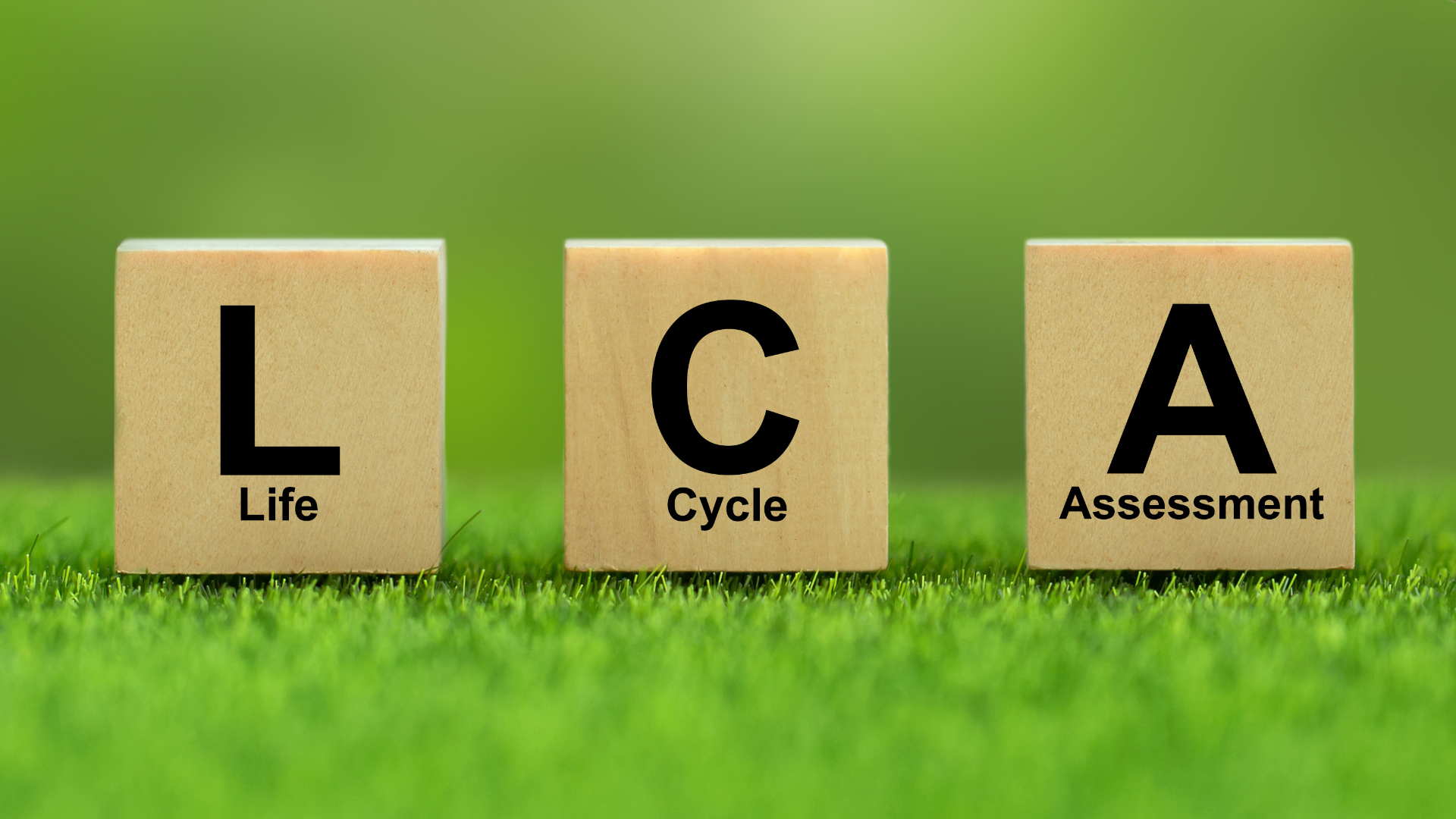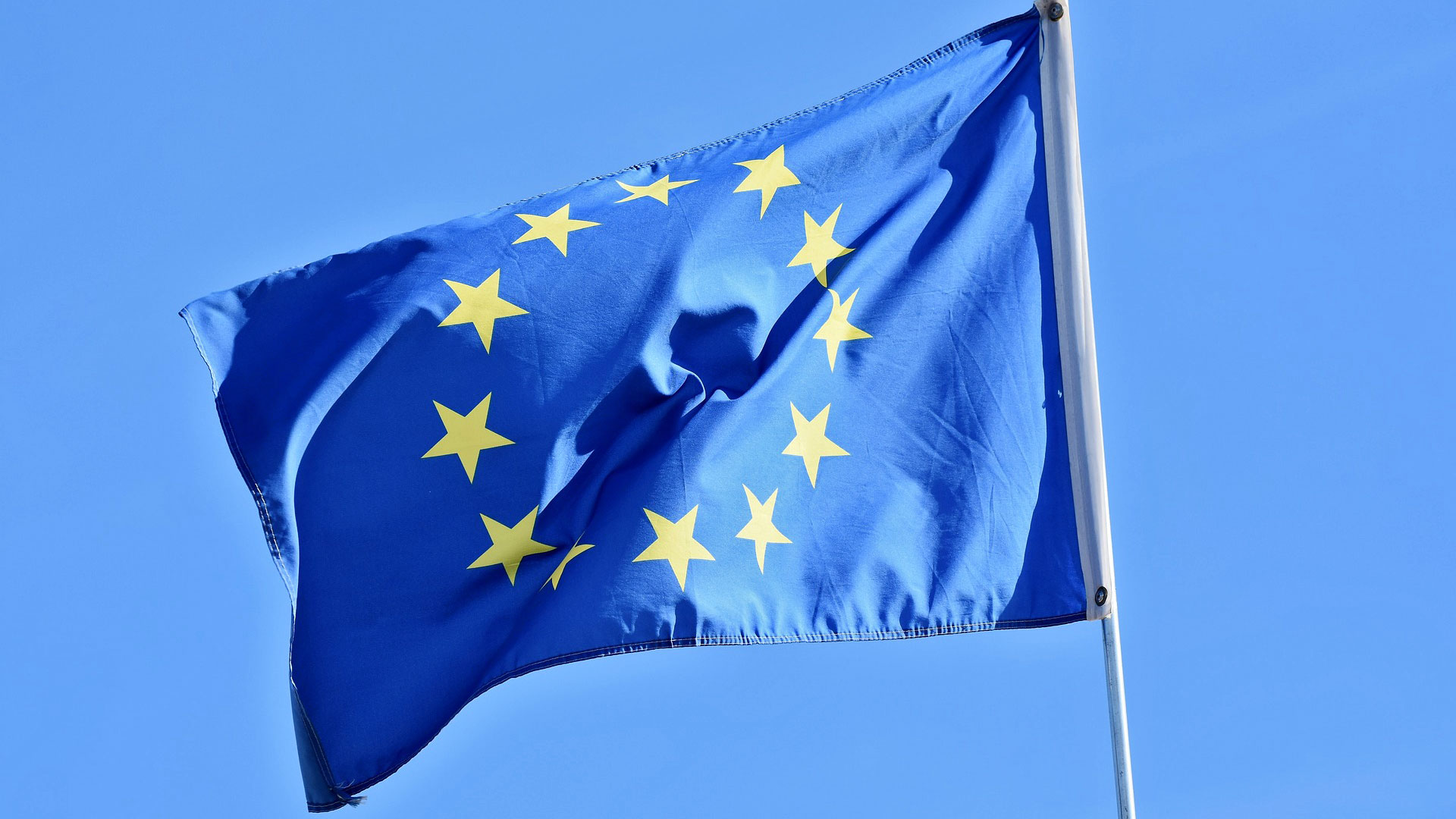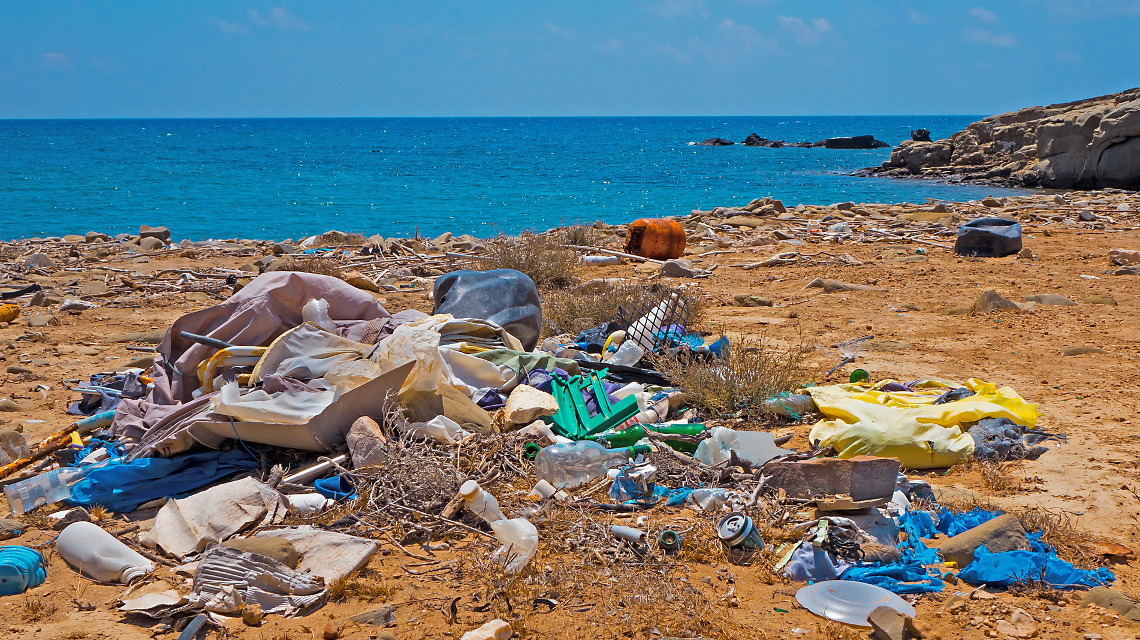Feedstocks made from CO2
Enzymes were their inspiration: Using nanoparticles as catalysts, German and Australian researchers succeeded in converting carbon dioxide into valuable resources.

The international research team with scientists from the Ruhr University Bochum and the University of New South Wales in Australia were able to produce end products such as ethanol and propanol from the starting material carbon dioxide. As they report in the Journal of the American Chemical Society, the researchers exploited the mechanism of enzymes that have different active centers for cascade reactions. Each active center of the enzyme specializes in certain reaction steps. For example, a single enzyme can produce a complex product from a relatively simple starting material.
Nanoparticles based on enzymatic models
The scientists used this principle as a model and created metallic nanoparticles, known as nanozymes, that have two active centers: a silver core and a copper layer. Intermediate products are formed with the help of the silver core, which then react with the copper layer. Finally, the end products leave the particles. "Transferring the cascade reactions of the enzymes to catalytically active nanoparticles could be a decisive step in the design of catalysts," sums up Wolfgang Schuhmann, head of the Bochum Center for Electrochemistry.
"There are also other nanoparticles that can produce these products from CO2 without the cascade principle. However, they require considerably more energy," says Schuhmann. The scientists are now trying to further develop the concept in order to be able to produce even more valuable products such as ethylene or butanol.
ja/um


